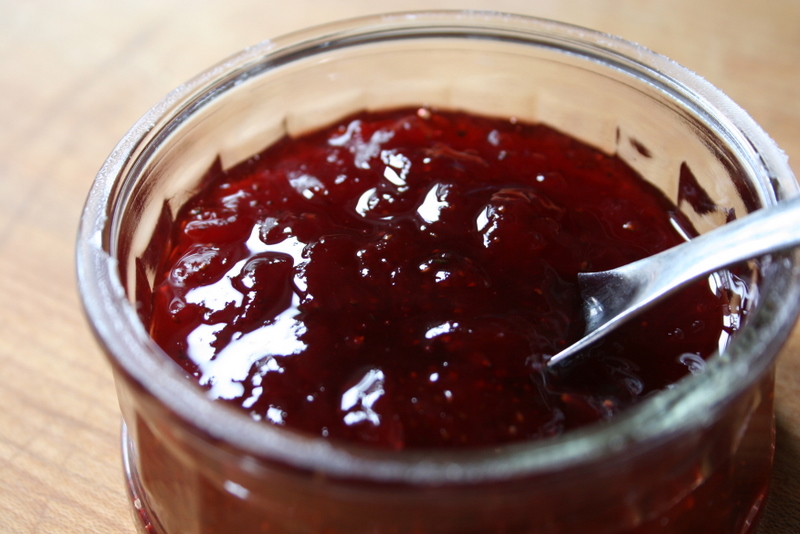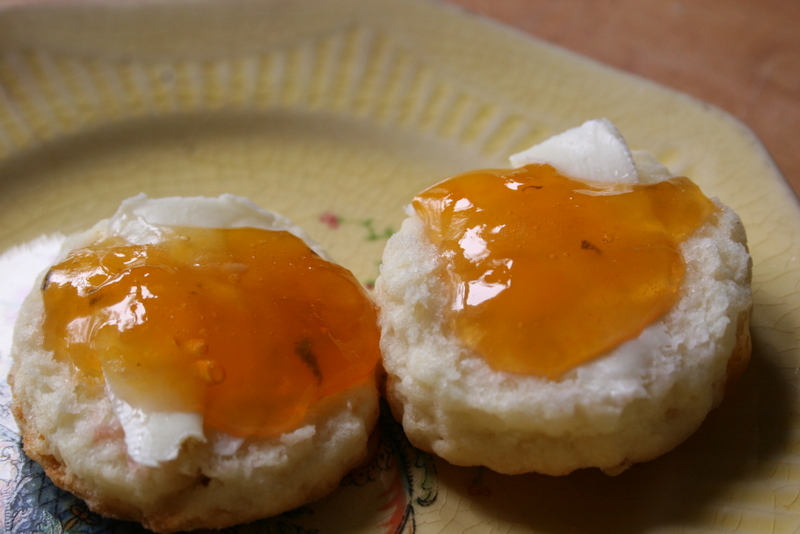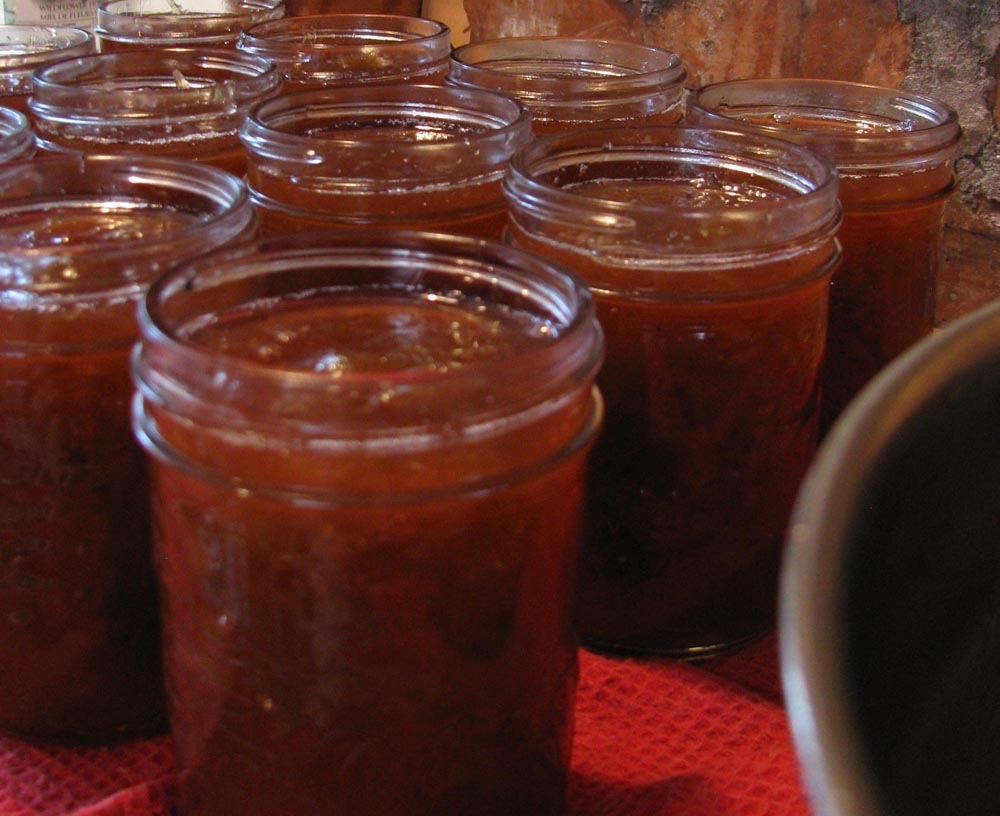I managed to get over to my favourite u-pick here in St. John's last week. I picked and picked and picked and came home with far more strawberries than I could possibly eat. Which was just fine, because these berries were destined for the jam pot. My husband and daughter both love strawberry jam. I, on the other hand, am not entirely crazy about it. Since I had such a huge load of berries, I decided to make some plain jam (to please the family) and some fancy jam (to impress myself, since I'm not sure anyone else really cares all that much about my fancy jam... except you guys, right?). I thought to myself, "Self, what would jazz up this strawberry jam?" And myself answered, "Well, rosemary, obviously!"
Sounds crazy, I know, but a quick internet search revealed that I was not the first person to have thought of this. There were a couple recipes online, but they were both on the sketchy and unsafe side, with poor directions and totally obsolete canning methods. A note to you all: if a recipe ever suggests you use the "inversion method" of canning, run away. "Inversion" means "pour steaming hot jam into a jar, screw the lid on, and turn the jar upside down." Not only does this method create a warm, sticky space for bacteria to thrive, it also creates the risk of steam becoming trapped in the jar and near-boiling jam exploding all over you, sending shards of glass and scalding preserves everywhere.
But I digress. When I make jam, I don't use a recipe so much as a method. For every cup of fruit, I use between 3/4 cup and one full cup of sugar, as I learned to do in The Joy of Cooking. This pretty much guarantees a good jell, and it's enough sugar that I don't have to worry too much about the jam spoiling (provided I process it properly, as per the instructions on the Bernardin site). Any less and you're in the realm of "low-sugar canning," which requires specially prepared commercial pectin and about which I know nothing. If I needed to make a low-sugar jam, I would just play it safe and keep it in the freezer. I'm obsessive like that, because botulism sounds like an absolute horror show.
Anyway, back to my jam, which was a revelation. I cut up 8 cups of strawberries, and combined them with 6 cups of sugar in a great big pot. I let them sit like that for a few hours, while I did other things, and I occasionally gave them a stir to make sure the sick amount of sugar was dissolving. Then, when I had cleaned the kitchen adequately, I filled up my canner, sterilized my jars and lids, gathered my tools, and put my jam on to cook. I added 5 tablespoons of lemon juice to the berry-sugar mix, because strawberries don't have much pectin, and so they make a very runny jam unless you add something to firm them up. Grated green apple also works well.
I won't go into the details of cooking jam and knowing when it's ready, and what you do with it when it is, because the people at Bernardin have excellent directions for that (Marisa at Food in Jars is another excellent adviser). But I will tell you that, just as the jam was starting to jell, I added about 30 leaves of rosemary from the pot on my front step, which I had chopped very finely. And it changed everything. The depth of flavour! The tingly feel on the tongue! This really is an amazing discovery, this adding-herbs-to-jam thing, and I am now determined to make the most of it.
This morning, I decided to try another fruit-herb pairing: yellow plums and sage. Hell-o! The plums were super tart, so I used almost the same amount of sugar as I had fruit (2 cups sugar to 2 1/2 cups chopped plums, with no need for lemon juice as plums have loads of pectin), and right at the end I added three large fresh sage leaves, also finely chopped. This is even better than the strawberry-rosemary combo! I am on a roll!
As the summer goes on, I plan to try blackberries with lemon balm, and I have heard that blueberries and basil are an awesome flavour fusion. I also have a lavender plant in the yard that I would like to combine with fruit to make jammy goodness. Any suggestions? Have you combined fruit and herbs before?










